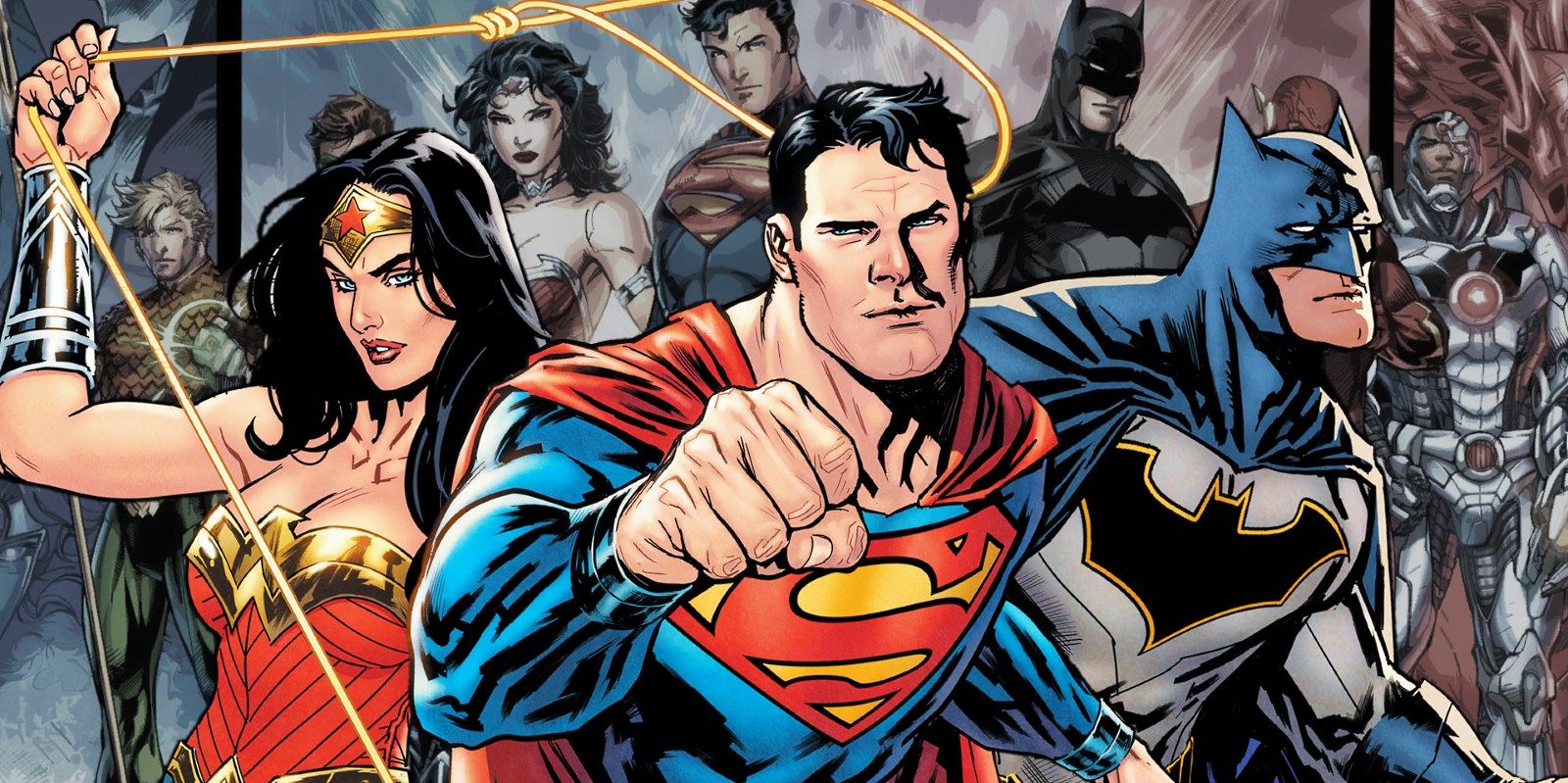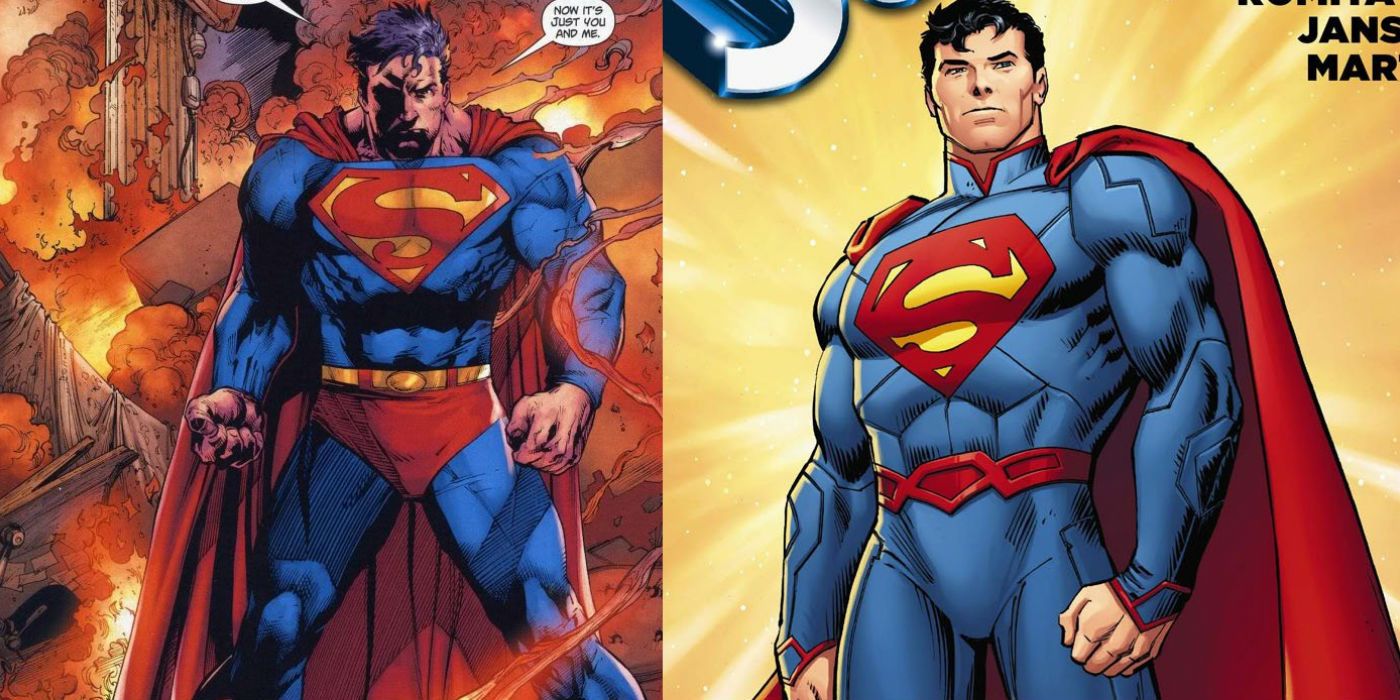A fundamental difference between Marvel and DC Comics is their approaches to handling decades of continuity. While Marvel's heroes have always existed in more or less the same continuity, DC has opted to reboot its main universe every few years. At best, these reboots can end up like Crisis on Infinite Earths which streamlined the DC Universe's continuity, and made every character part of the same world. At worst, a reboot can make things more complicated and just add to a reader's confusion about what is or isn't canon... like the New 52 did.
Starting in 2011, the New 52 wasn't just a reboot for the DC Universe, it rebooted the books themselves. Every single book DC published at the time was relaunched with a new number 1 issue. This reflected the New 52's philosophy, out with the old and in with the new. While readers have divisive opinions about the validity of this philosophy in relation to comic books, it's difficult to deny that DC threw out too much old and never really added that much new.
No team received the felt the effects of this more than the Teen Titans. Former Titans Wally West and Donna Troy were either turned into entirely new characters or were nowhere to be found in the New 52's Launch. Even characters who were present had their backstories altered in confusing ways. Tim Drake was never Robin and Starfire couldn't remember her relationship with Dick Grayson. Making matters worse was why Starfire was written to forget her time with Dick. The Teen Titans book that launched with the New 52 couldn't decide whether there had or hadn't been past teams of Titans. Instead of erasing the past to make things easier to understand, the New 52 picked and chose what it kept and what it didn't, leading to a continuity that felt stitched together rather than new.
Making matters worse is that the New 52 didn't add anything to make all this worth the reboot. DC still published more than a few quality titles during the New 52. Runs either starting or ending during the New 52 such as Geoff Johns' take on Aquaman, Gail Simone's run of Batgirl, and Batman: Endgame were all well-liked by readers but none of them could have been created without the New 52. The lone exception to this was Grant Morrison's reinvention of Superman in Action Comics, which featured a younger Man of Steel still trying to figure out who he was. Still, one book hardly justifies an entire reboot.
Despite all these flaws, the New 52 initially proved to be a sales success for DC. However, those gains were shortlived. The New 52 failed to keep new readers and left most long-time fans disappointed. After just five years, DC ended the New 52 in May 2016, though the branding had effectively been removed a year earlier. DC's next big reboot, Rebirth, has gone on to effectively erase the New 52 from continuity. DC's editorial staff has since admitted that the New 52 a mistake.
Currently, it looks as though DC might be preparing for yet another reboot after Rebirth. It is unclear at this time whether the rumored DC 5G will be a reboot or something else entirely as suggested by DC Comics Publisher Jim Lee. If reports are correct, 5G could be a radical departure for DC Comics. Fans can only hope DC has learned its lesson after the New 52's fallout.


